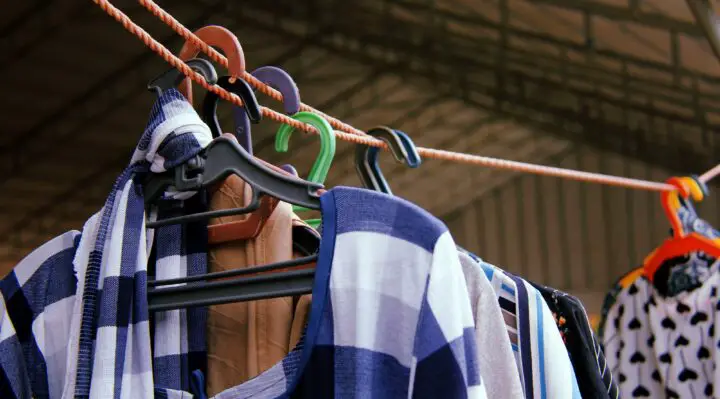Adopting sustainable laundry practices in your daily life can significantly reduce water and energy usage. Whether you’re an environmental novice or a seasoned green activist, this guide will walk you through all the necessary steps to make your laundry routine more eco-friendly.

Table of Contents
What are Sustainable Laundry Practices?
Before we delve into the details of how to implement sustainable laundry practices, it’s essential to understand what they entail. Simply put, these practices are eco-friendly methods to do your laundry that aim to conserve resources, reduce waste, and lessen environmental impact. They can include steps like washing at lower temperatures, using eco-friendly detergents, and air-drying clothes.
Step 1: Choose Eco-Friendly Laundry Detergents
Your journey towards sustainable laundry practices starts with selecting the right detergent. Opt for eco-friendly products that are biodegradable and free from harsh chemicals. These detergents are not only better for the environment but also for your health and the lifespan of your clothes. When shopping, look for labels that verify the product’s environmental credentials.
Step 2: Wash at Lower Temperatures
A significant part of energy consumption in laundry comes from heating the water. Therefore, a simple yet effective step towards sustainable laundry practices is to wash at lower temperatures. Most clothes can be efficiently cleaned at 30 degrees Celsius or even cold water, helping to conserve energy and reduce carbon emissions.
For more articles on washer efficiency, click here: Washing Machine Efficiency: Comprehensive Guide to Saving Energy
Step 3: Load Your Washing Machine Wisely
To maximize energy efficiency, make sure to load your washing machine to its full capacity but avoid overloading. This way, you can wash more clothes in fewer cycles, thus saving both water and electricity.
Step 4: Choose the Correct Washing Cycle
Many modern washing machines offer eco-wash settings designed to minimize water and energy usage. If your machine has such options, make use of them. Otherwise, choose shorter, less-intensive cycles for lightly soiled clothes.
Step 5: Air-Dry Your Clothes
The final step in your sustainable laundry practices is to air-dry your clothes whenever possible. Tumble dryers consume a large amount of energy, and by skipping the dryer, you can significantly reduce your laundry’s environmental impact. If you live in a sunny region, take advantage of the natural sunlight and breeze to dry your clothes. For those in colder or wetter climates, consider indoor drying racks.
Conclusion
By adopting sustainable laundry practices, you can play a part in environmental conservation while still keeping your clothes fresh and clean. It might take a bit of adjustment initially, but with time, these practices can easily become part of your daily routine.
